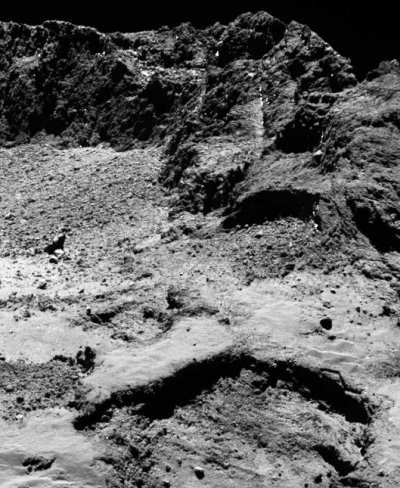Near disaster for ExoMars
The Russian jinx for going to Mars might not be over yet: New data suggests that the Briz-M upper stage to the Proton rocket exploded shortly after it has propelled ExoMars on its way to Mars and then separated from it.
There appears to be a cloud of debris near the probe, thought to have been caused when the Briz-M stage was to fire its rockets one last time to take it away from ExoMars as well as prevent it from following it to Mars. Instead, it is thought (though not confirmed) that the stage blew up at that moment.
Though so far ExoMars appears to be functioning properly, but they have not yet activated all of its most sensitive instruments. Only when they turn them on in April will we find out if they were damaged in any way by the Briz-M failure.
The Russian jinx for going to Mars might not be over yet: New data suggests that the Briz-M upper stage to the Proton rocket exploded shortly after it has propelled ExoMars on its way to Mars and then separated from it.
There appears to be a cloud of debris near the probe, thought to have been caused when the Briz-M stage was to fire its rockets one last time to take it away from ExoMars as well as prevent it from following it to Mars. Instead, it is thought (though not confirmed) that the stage blew up at that moment.
Though so far ExoMars appears to be functioning properly, but they have not yet activated all of its most sensitive instruments. Only when they turn them on in April will we find out if they were damaged in any way by the Briz-M failure.






